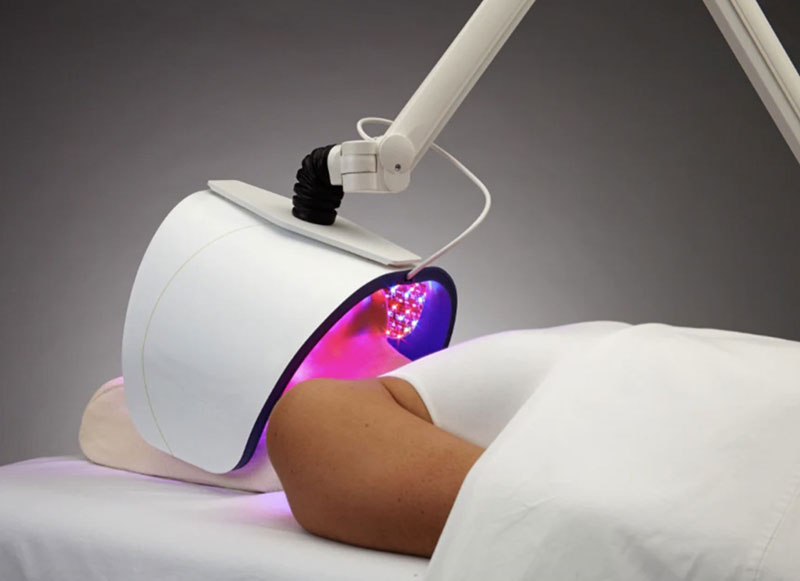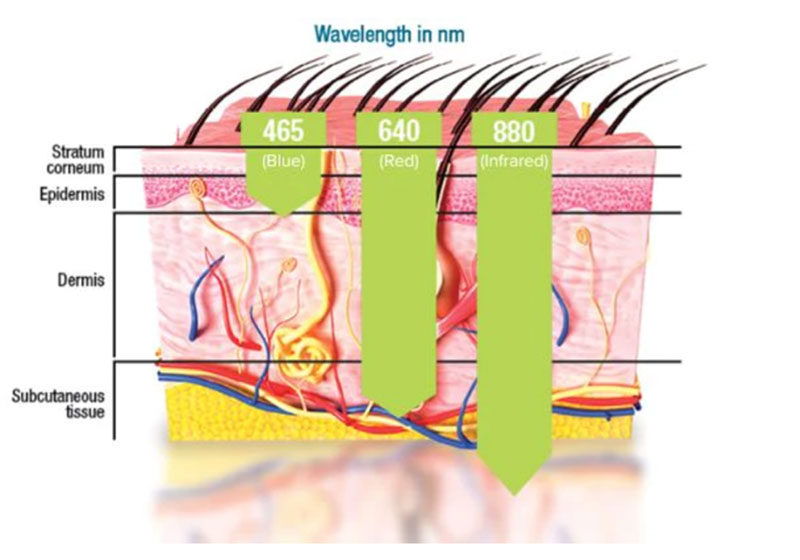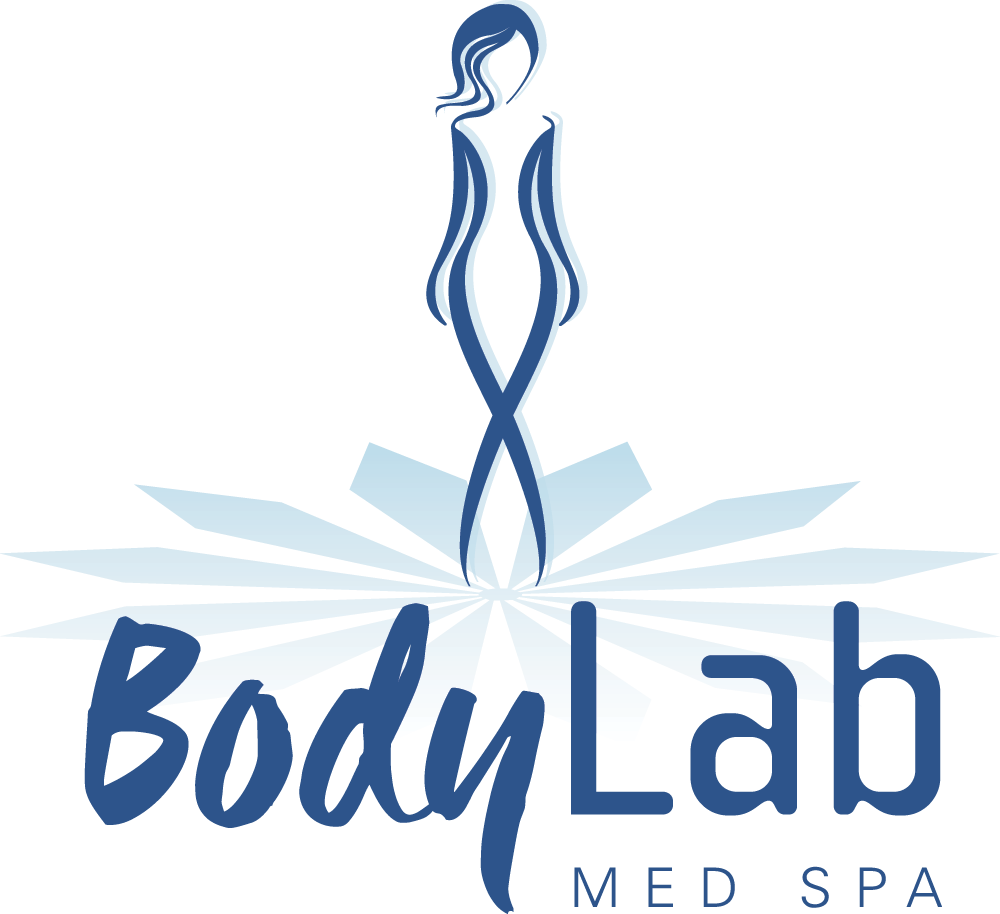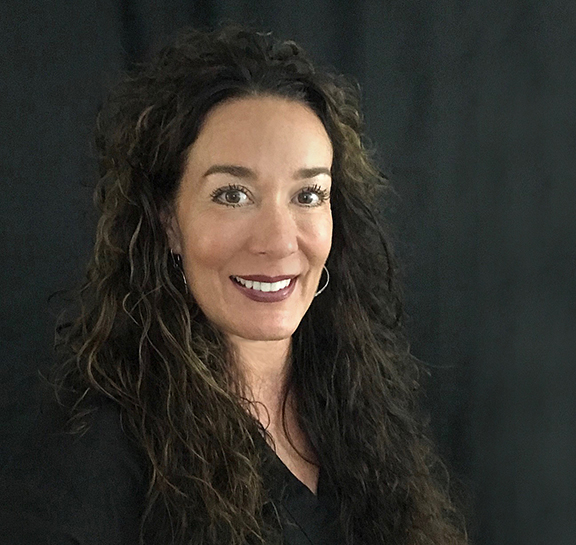LED Wavelengths: The Power of Light Therapy
Did you know that for effective treatment of the skin in terms of tightening and acne, hair loss issues as well as for pain, the only clinically proven wavelengths are blue, red, and near-infrared?
These wavelengths are in the visible range to just outside the visible range – from approximately 400 – 1000 nm. Other wavelengths, including green, yellow, orange, and amber, are not scientifically supported for a variety of reasons.
As we age, the ability of our cells to produce energy diminishes. Cellular energy production is also affected by disease and poor lifestyles habits.

The Basics
The benefits of LED light therapy are dependent upon several factors, one being the correct wavelengths (perceived by humans as color). First, it’s important to use wavelengths (colors) that are absorbable by the mitochondria, meaning wavelengths that can penetrate the skin deep enough to reach the targeted cells in order to achieve the desired treatment result, whether that’s reducing fine lines and wrinkles, treating acne, or restoring thinning hair.
Proven Results
Light Therapy Increases Cellular Energy
It’s also important to understand what red light and near infrared light therapy is not. It is not the same light energy used in tanning booths and it does not expose your skin to harmful UV wavelengths.
Humans see blue and red wavelengths as blue and red light. However, near-infrared wavelengths are invisible to the human eye. Red wavelengths are used to benefit a variety of skin conditions and reduce inflammation, redness, and puffiness. Additionally, red wavelengths increase blood flow, moving toxins out of the body, and help generate new, healthier tissue.

Red Light vs. Blue Light Therapy
Red light therapy is often used for various skin treatments and has been studied for its potential to stimulate collagen production, improve skin texture, reduce inflammation, and promote wound healing. Its ability to reach deeper layers of the skin allows it to potentially affect cellular processes and stimulate beneficial changes within the skin’s structure and function.
Blue light therapy is known for its effectiveness in treating acne by targeting the bacteria that contributes to breakouts within the skin’s superficial layers.
How deep does blue light energy reach?
Blue light energy typically penetrates the skin at a shallow depth compared to other types of light energy such as infrared and red light. Blue light, in the range of 400 to 495 nanometers, generally penetrates the skin to the depth of the epidermis, the outer most layer of the skin. Its ability to reach deeper layers is limited, which is why it is often used for targeting skin concerns closer to the surface, such as acne.
How deep does red light energy reach?
Red light energy, typically in the range of 630 to 700 nanometers, can penetrate the skin more deeply than blue light. Red light can reach deeper layers of the skin, including the dermis, which is located beneath the epidermis. Generally, red light can reach approximately 5 to 10 millimeters below the skin surface.
To learn more about Low Level LED Light Therapy please contact us at BodyLab Med Spa to schedule a complimentary skin consultation.

The above image shows results from a total of nine treatments over 4.5 weeks.

The above image shows results from two treatments 2 per week for eight weeks.


